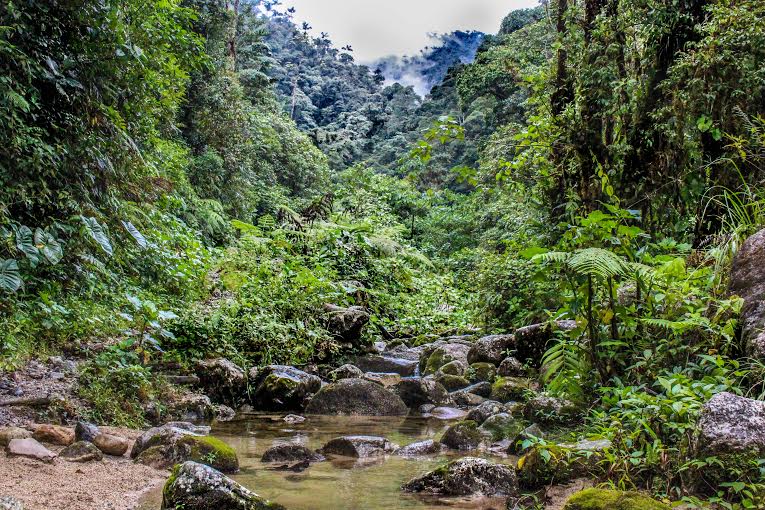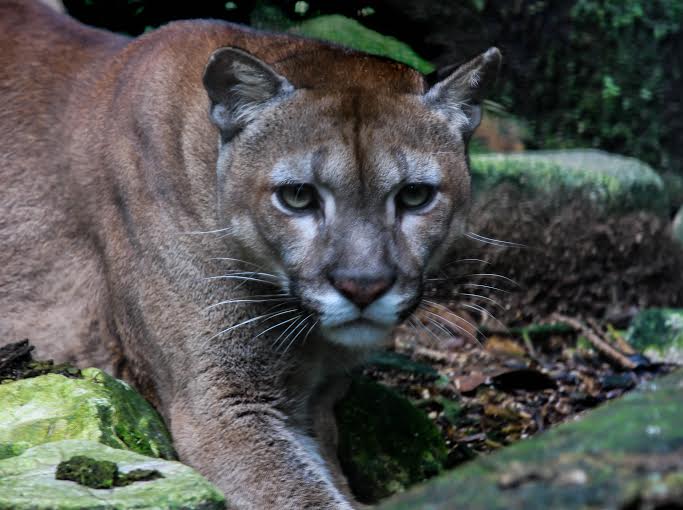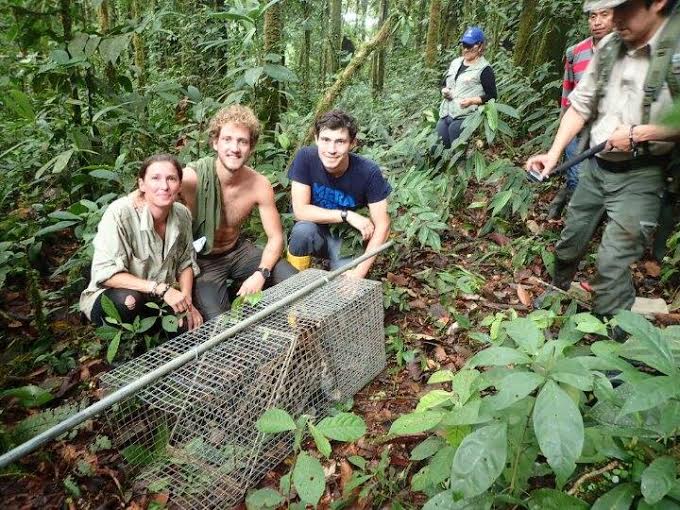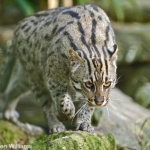The sand cat Felis margarita is widespread over large parts of the North African Sahara, but there have been few specimens collected or reliable sightings documented since the mid 1970’s.
However, over the last decade there have been regular sightings in the Moroccan Sahara, especially along a stretch of road running southeast from the coastal city of Dakhla.
In the spring of 2013, Dr. Alex Sliwa and Gregory Breton conducted a self-funded field excursion to look for sand cats in this region. In three days, they identified three different sand cats – one male and two females. The results encouraged the researchers to apply for permits to do a telemetry study on the sand cat in its westermost distribution in Africa.
They returned to the area for two weeks in December 2015. During nocturnal drives, four sand cats were seen, two males and two females, and fitted with radio collars. These were the first sand cats ever radio-collared and tracked in the Sahara. They were followed for several days and nights. Hunting sequences were observed, high quality photographs taken and preliminary results on home ranges and behaviour were established. The researchers plan to make two further trips to Morocco during the winter of 2016-2017.
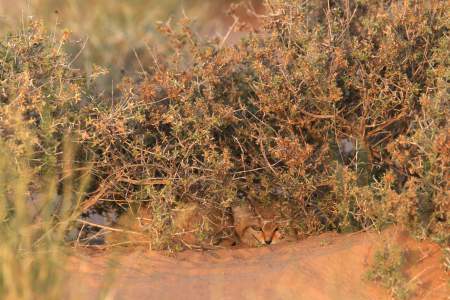
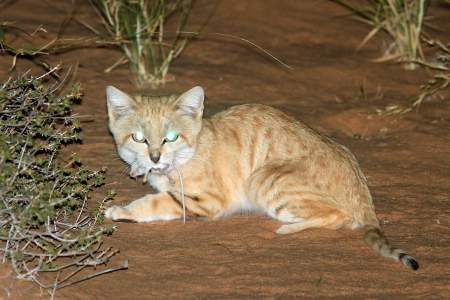
Methods
While sitting on the roof rack of a Landrover, which was driven at 20-30 km/hr, a 100W spotlight was moved in a sweeping motion covering both sides of the road. Upon detecting carnivore eyeshine reflection, the animal was followed off road.
When caught in headlights or spotlamp, sand cats either flatten themselves on the ground or hide in sparse vegetation. Once settled, the cat was captured using two hand nets. They were then anaesthitized and weighed, tooth wear was measured, fur and physical condition were examined. Radio collars weighing 27 grams, 42 grams or 55 grams, depending on the size of the cat, were attached. All cats were closely monitored and ran away when fully awake.
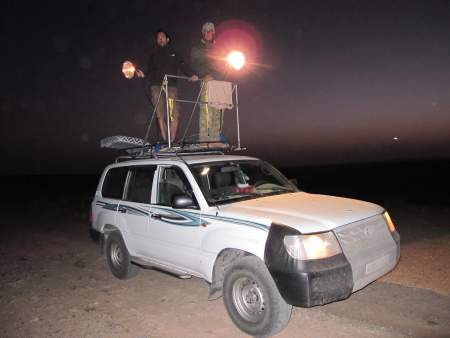
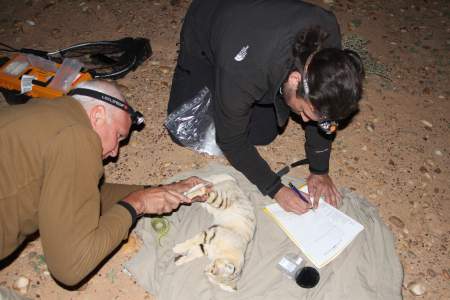
Results
- Age of the cats was estimated based on the condition of their teeth, general body size, fur condition and head marks. Female F1 was estimated at 1-1.5 years; F2 est 7-10 months; M1 est 1.5-2 years; M2 est 3-4 years.
- The four cats caught in 2015 were all in good physical condition, although all carried fleas and one had a tick. The male M2 had a more bleached fur than the others.
- During the night, the older male M2 was located in six locations, and the younger female F2 in two locations. Both cats were found to move together, sniffing each other and playing between 02:45 to 03:00.
- During the daytime, M2 was located at six independent locations and F2 at four. On all occasions, both cats were found hidden inside a perennial shrub, or at the base of large perennial grass.
- M2 was observed hunting for three consecutive hours at night and made three successful kills.
- The younger male Ml, was located an hour after sunset three days after collaring, 8 km south of his original place of capture. About 30 hours later, he was found 6.3 km north of the place of capture and 14 km from the previous observation. 14 km in a straight line in less than 30 hours is one of the longest distances ever reported for this species.
- Researchers could not relocate the older captured female Fl despite intensive searching every night.
- Home range sizes were estimated as follows: M1 at 35 sq. km, M2 at 22 sq km and F2 at 13 sq km.
- Weights and measurements were consistent with other pooled data available for the species.
- The older male M2 was tracked and observed more often than the others. He was found twice within 24 hours because he moved shorter distances, leading researchers to believe he was the resident male.
- The young female F2 was tracked regularly at first and researchers discovered her positions overlapped some of those of M2. Since the two cats were found together one night, researchers suspect a relationship between them: either father/daughter or a breeding pair.
- From the captive population, it is known female sand cats start breeding at 11 months. F1 was estimated to be 7-10 months so may not have been sexually mature at the time of collaring.
- M1 and F1 were both considered to be subadults, and may be from the same litter. They may have travelled such long distances looking for a suitable territory, or they already had one and were in search of breeding partners.
- It was suspected some of the four cats may be related and DNA tests will be carried out on hair samples.
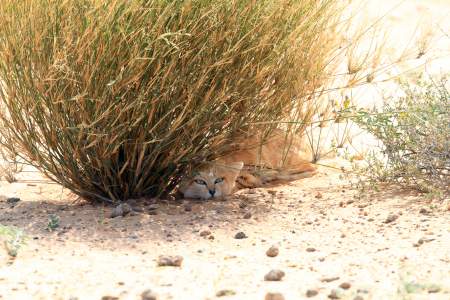
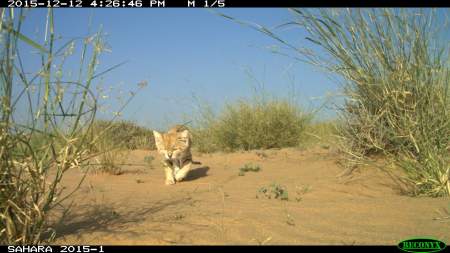
This short-term tracking data falls into a similar pattern to data collected in Israel and Saudi Arabia, where the cats did not use dens at any time. However, a study in Uzbekistan directly observed sand cats entering and exiting dens in the ground. The lack of dens in the Sahara could be related to a lower number of species that excavate holes than in other regions. There could be seasonal changes with Saharan sand cats using dens only in the hotter period of the year (June-December). It could also be a consequence of the low number of sand cat predators in this region.
Studying additional individuals in the same location is crucial to understanding the social organization, reproduction patterns and dispersal habits of the species in the region. Researchers would like to extend telemetry work to additional sand cats and intensify the camera trapping in future years.
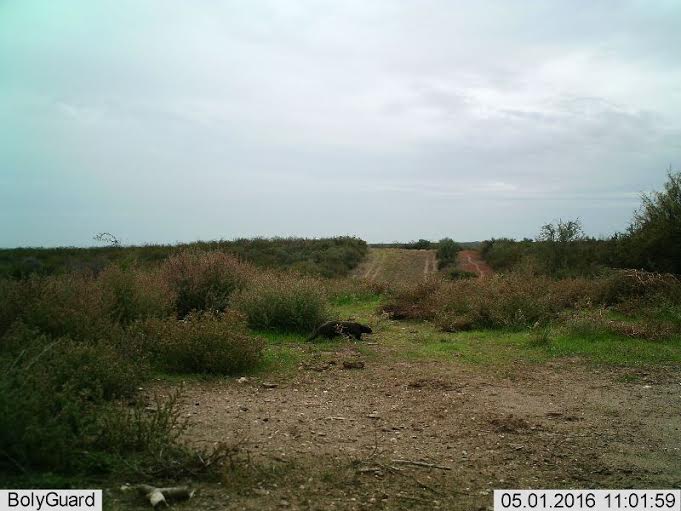
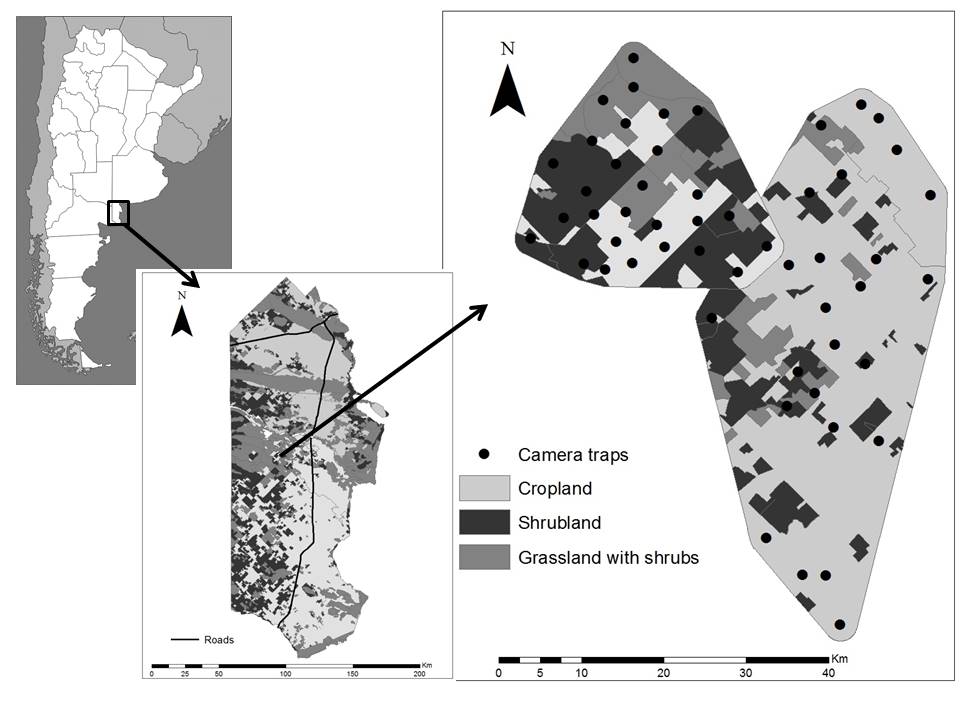
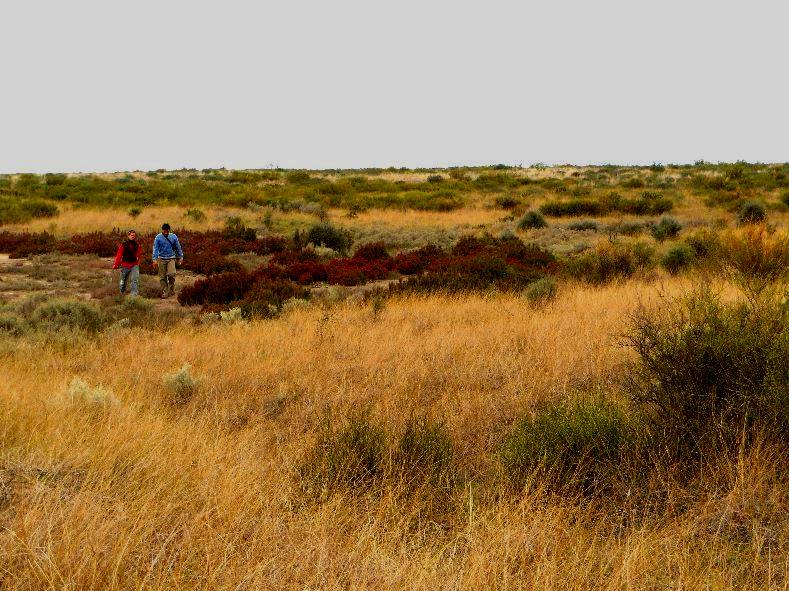

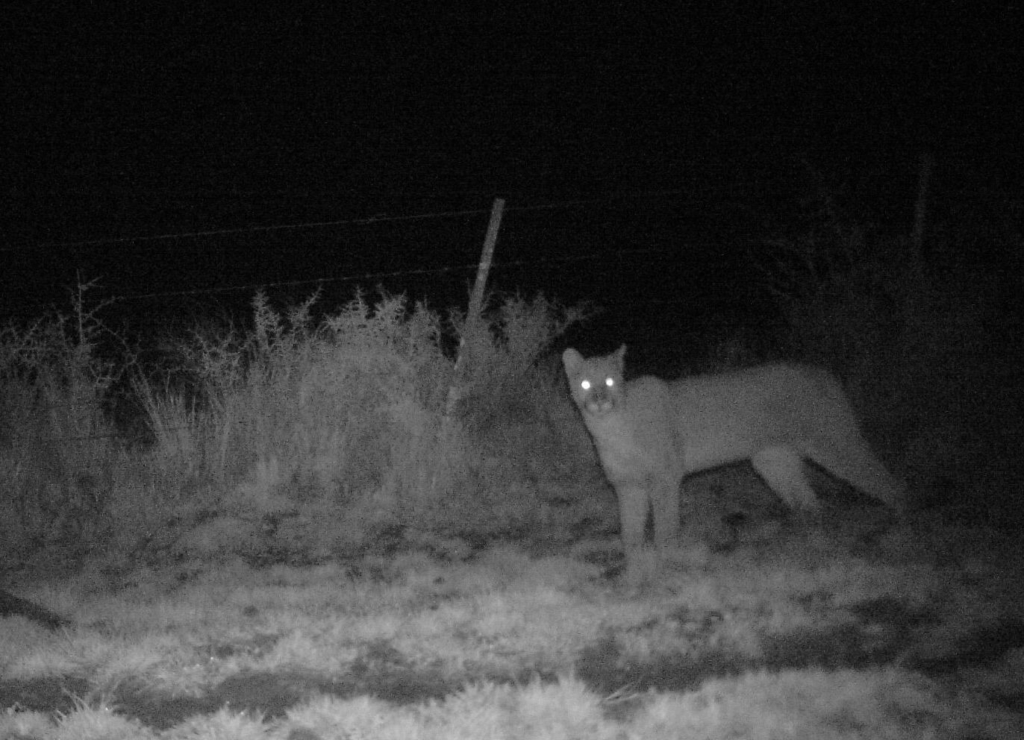
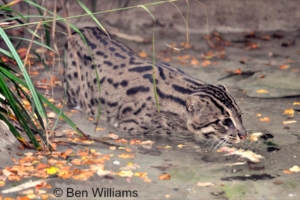 The endangered Fishing Cat Prionailurus viverrinus is at home near water bodies. This unique cat has been known to science since the early 19th century. However, its recent discovery in mangroves along the east coast of India and in Cambodia reveals that still little is known about its distribution and ecological needs. In Asia, wetlands are rapidly being devastated, which results in declining Fishing Cat populations in all range countries.
The endangered Fishing Cat Prionailurus viverrinus is at home near water bodies. This unique cat has been known to science since the early 19th century. However, its recent discovery in mangroves along the east coast of India and in Cambodia reveals that still little is known about its distribution and ecological needs. In Asia, wetlands are rapidly being devastated, which results in declining Fishing Cat populations in all range countries.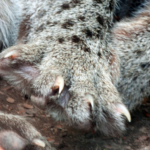 The objectives of the first Conservation Strategy Plan revolve around three major themes, namely ecological, socio-cultural and policy issues. Participants pledged to implement planned activities within the next five years. They will collaborate in developing manuals for policy makers and researchers as well as comprehensive habitat and distribution maps. They will continue to work with local communities and address Fishing Cat conservation needs through advocacy networks. Information material will be created to raise awareness amongst global stakeholders, both young and old.
The objectives of the first Conservation Strategy Plan revolve around three major themes, namely ecological, socio-cultural and policy issues. Participants pledged to implement planned activities within the next five years. They will collaborate in developing manuals for policy makers and researchers as well as comprehensive habitat and distribution maps. They will continue to work with local communities and address Fishing Cat conservation needs through advocacy networks. Information material will be created to raise awareness amongst global stakeholders, both young and old. CONCORD, N.H.— The New Hampshire Fish and Game Department today withdrew a proposed administrative
CONCORD, N.H.— The New Hampshire Fish and Game Department today withdrew a proposed administrative 